Questions About Estonia: The Definitive Guide
Enjoy exploring and learning on a small group tour for senior travellers about Tallin and Estonia as part of a tour of the Baltic states program that includes Latvia and Lithuania.
13 Aug 19 · 2 mins read
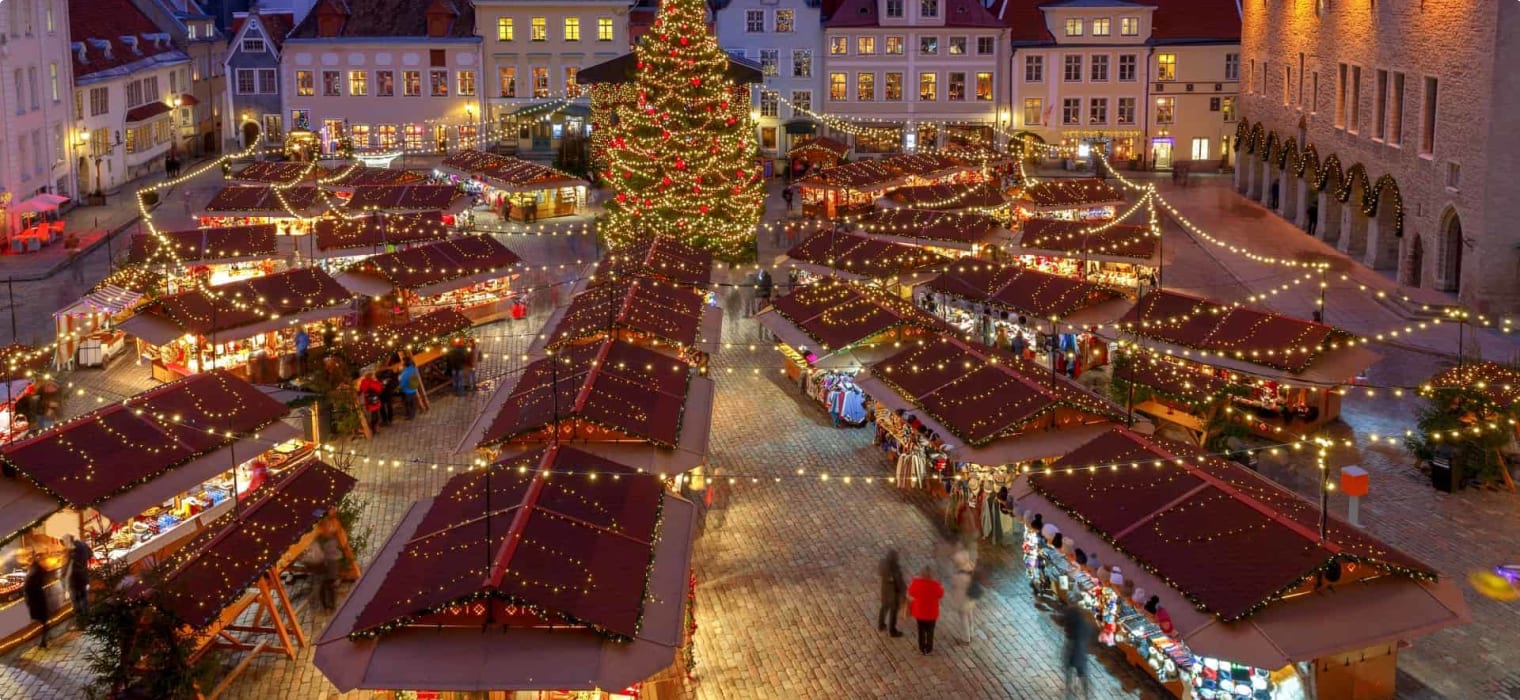
Questions About Estonia for senior travellers.
Odyssey Traveller specialises in crafting unforgettable experiences for senior and mature-aged travellers interested in learning either as couple or solo travellers. Providing adventure and educational programs to escorted small group tours since 1983. Odyssey has built up a reasonable knowledge bank to answer questions about Estonia that travellers are likely to ask, as they make their plans to tour independently, or with us as part of a small group tour. We hope that this list of frequently asked questions and the answers we provide will help you with planning your next holiday.
Read on, but please do not hesitate to contact us via the website, or through email or chat if you have more questions about Estonia or our other tours.
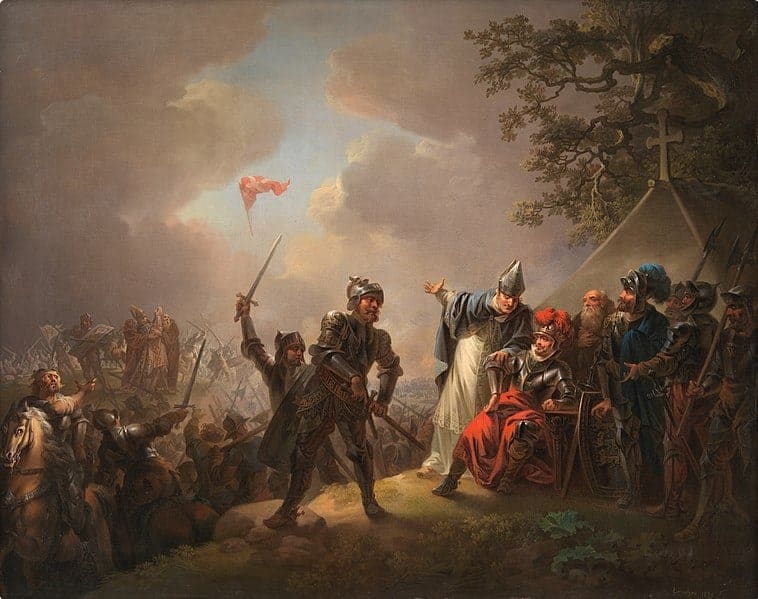
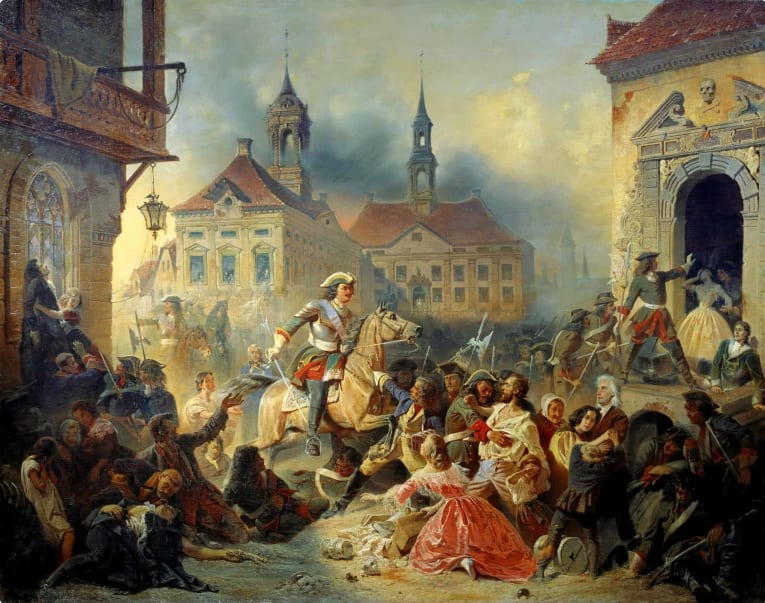
FAQs
Where is Estonia located?
Estonia is one of the three states (the others being Latvia and Lithuania) known as the ‘Baltics‘, thanks to the fact that they are surrounded by the Baltic Sea to the west and north. Located in north-central Europe, the Baltics are at the crossroads between Scandinavia, Germany, Poland and Russia. The three states share many cultural and historic similarities, yet each has a distinct history and atmosphere.
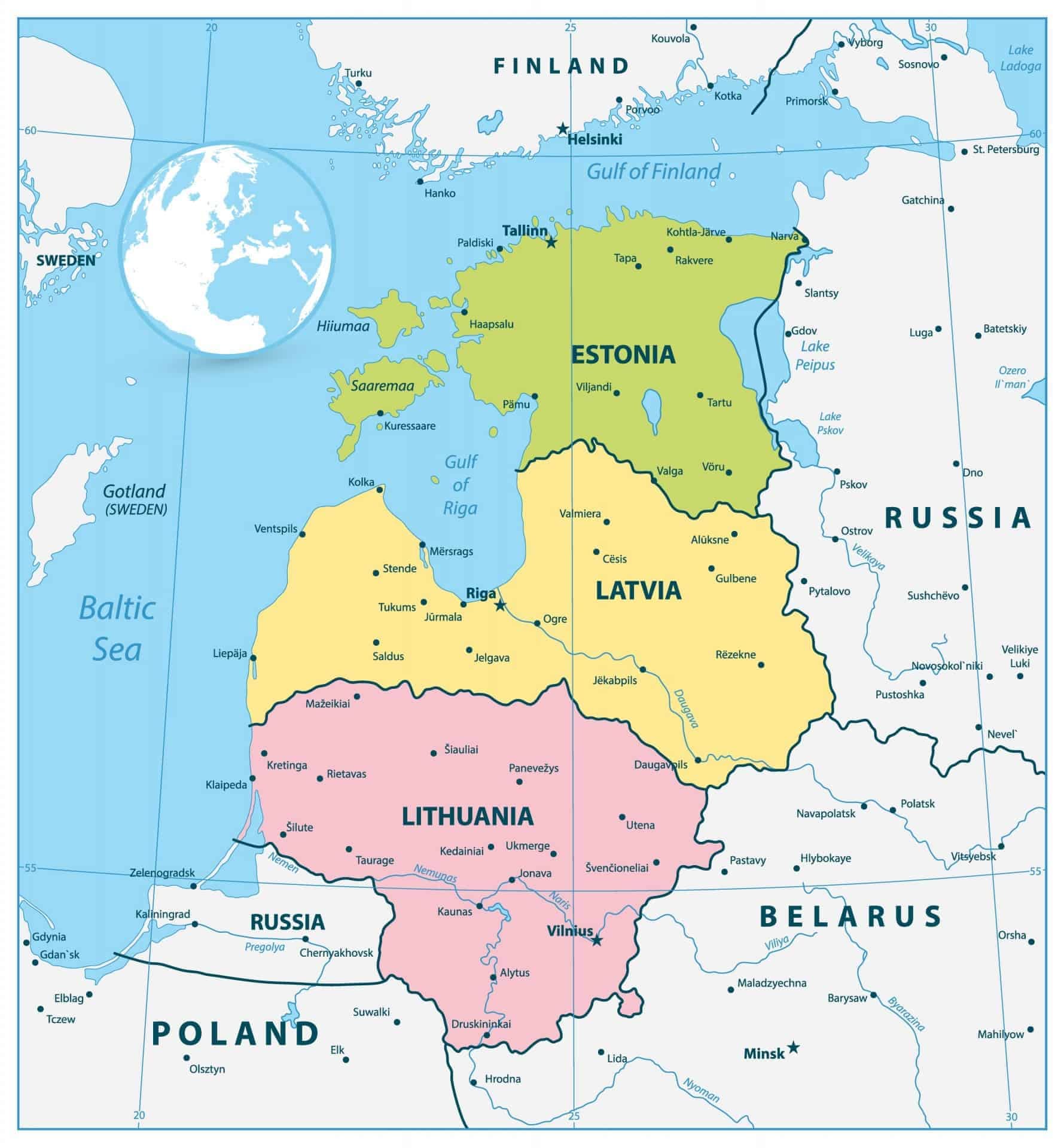
Estonia is the northernmost Baltic country and the most Scandinavian in vibe. Located just 80 kilometres from Helsinki, Estonia and Finland share many cultural similarities, and many in Estonia identify as Nordic.
Which language do they speak in Estonia?
More than two thirds of the population speak Estonian as their first language. Estonian is part of the Uralic language group, one of only four languages spoken in Europe (along with Finnish, Hungarian and Maltese) that are not part of the Indo-European language family. In particular, it is closely related to Finnish. By contrast, Latvian and Lithuanian are part of the Baltic sub-group, and are closely related to the Slavic languages.
A significant minority of older Estonians speak Russian as a first or second language, thanks to Estonia’s long period of Russian and then Soviet rule. Many young people, especially in Tallinn, speak English as a second language, meaning that travellers should find themselves able to communicate easily.
The abolition of serfdom meant that the Estonian people were able to develop an ethnic and national consciousness. Improvements in education were rapid, and by 1886 98 percent of Estonian national army recruits were able to read.
In what is known as the ‘Estonian national awakening’, Estonian people were encouraged to take pride in their folk culture and language. Estonian theatre and song were performed publicly and the national epic, Kalevipoeg, was published in 1862.
Following the end of World War I, Estonia declared independence, but the new Soviet Union did not accept this. The Red Army invaded Estonia in 1918. With support from France and Britain, Estonia was able to defend itself, and an independent state was established in 1920 for the first time.
However, the new state, always weak, was greatly affected by the Great Depression. In 1934, Estonia fell to the authoritarian control of the former nationalist leader Konstantin Päts.
Who founded Estonia?
The history of Estonia is one of an over 800 year struggle against rule by outside invaders. Ancient Estonians probably lived a nomadic existence and practiced a local form of paganism. They had encounters with the Vikings, who were more interested in developing trade routes with Russia than in conquering the Baltics.
The first invasion of the Baltics came in the 13th century. The people of the Baltics had remained resolutely pagan into the Middle Ages, when the rest of Europe had long-ago converted to Christianity. Following Papal calls for a crusade against the ‘heathens to the north’, Danish and German knights invaded southern Estonia, taking control of the region in 1219.
For the next few centuries, Estonia was ruled by Denmark in the north and the German Teutonic Order in the south. In 1346, the Danish crown sold its sovereignty over northern Estonia to the Teutonic Order, who ruled for the next five centuries. The Germans dominated the government and church, while Estonians and Latvians became the serfs of their conquerors, tied to the land and required to work for the lord of the manor. Though Estonia became formally Christian, many ethnically Estonian people continued to practice nature worship and pagan rites for weddings and funerals, though this became increasingly integrated with Catholicism by the 14th century.
On the dissolution of the Teutonic Order in 1561, Estonia and Latvia came under the control of a succession of outside monarchies: Poland-Lithuania, Sweden and finally Russia. While under Swedish rule the lot of the peasants improved, leading to folk memory of the ‘good old Swedish period’, under Russia a particularly brutal form of serfdom – which affected virtually all of the Estonian people – was reinforced.
Finally, in 1804, Estonian peasants were granted the rights of private property and inheritance, and serfdom was formally abolished in 1816 and 1819.
Who rules Estonia?
Today, Estonia is a stable democracy. The current prime minister, Jüri Ratas, is the leader of the Centre Party.
Why is Estonia non-religious?
One thing that you might have noticed is that Estonia frequently ranks as the least religious country in the world. A poll in 2005 found that only 16% of Estonian people believed in God – the lowest percentage in the world. This doesn’t mean that Estonians are all staunch atheists – around 54% of the population believes in a ‘spirit, or life force’. It’s clear, however, that few Estonians look to formal religion to express their spirituality.
The reasons for this are many. Most obviously, the Soviet Union discouraged religion. While in Eastern European countries such as Poland and Lithuania the Catholic church played a leading role in the struggle against Soviet repression, this was not so in Estonia, which remained resolutely non-religious after independence. Perhaps this is because Christianity has long been experienced as a cultural invasion in Estonia. From the initial conquests of German knights to Russian attempts to implement Orthodoxy in the 19th century, Christianity was always an outside force and Estonia’s pagan traditions have been central to its national identity.
Perhaps that explains the ongoing popularity of paganism in Estonia. Estonian pagans claim that they are practicing rites that predate Christianity, passed down through centuries of outside rule. Religious scholars are not so convinced. Most experts believe that contemporary Estonian pagans follow traditions observed by folklorists in the 19th century, which cannot be definitively linked to pre-Christian tradition.
How did Estonia become ‘tomorrowland’?
Estonia has been nicknamed ‘tomorrowland’ or ‘e-stonia’ thanks to its innovative digital development plans. Faced with the struggle of adapting economically after the fall of the Soviet Union, Estonian leaders saw the fledgling internet as an opportunity for a small country like Estonia to make a mark, and thus put considerable resources into getting Estonia online.
While on independence in 1990 many houses didn’t even have telephones, by the late 1990s all of Estonia’s schools were on the internet. By the mid-2000s, the country’s government was virtually all online. Estonian citizens vote, do taxes, bank, and receive school and university reports through an online system known as X-road. Estonian students are taught programming when they start school at the age of 7.
Estonia’s X-road system has also allowed the country to pioneer a ‘borderless economy’. The country now offers ‘e-residency’, meaning that foreigners may log into the system and partake of Estonian services such as banking. Estonia is not a tax haven (e-residents must pay all relevant taxes) but has low business taxes and liberal technology laws, allowing for driverless cars to test freely on its roads.
The result of Estonia’s e-residency program is that Estonia has become a hub for startups (most famously Skype), dubbed the ‘Silicon Valley of Europe’. The country has developed rapidly following independence, and now has one of the highest economic growth rates in the Eurozone.
During the Second World War, Estonia – along with Latvia and Lithuania – became part of the Soviet Union, beginning a particularly unsparing period of repression. In one instance of brutality, the collectivisation of agriculture in 1949 meant that an estimated 80,000 Estonian kulaks (or well-off peasants) were deported to Siberia.
The liberalisation of the Soviet Union under Mikhail Gorbachev allowed an opposition movement to Soviet rule to develop in the late 1980s. Huge protests occurred in Estonia, Latvia and Lithuania, dubbed the ‘singing revolution’ after an outbreak of spontaneous singing at the Tallinn Song Festival Grounds. Estonia’s independence was formally granted in August 1991.
For a more in-depth look at the history of Estonia, check out our previous article on the topic: History of the Baltic States.
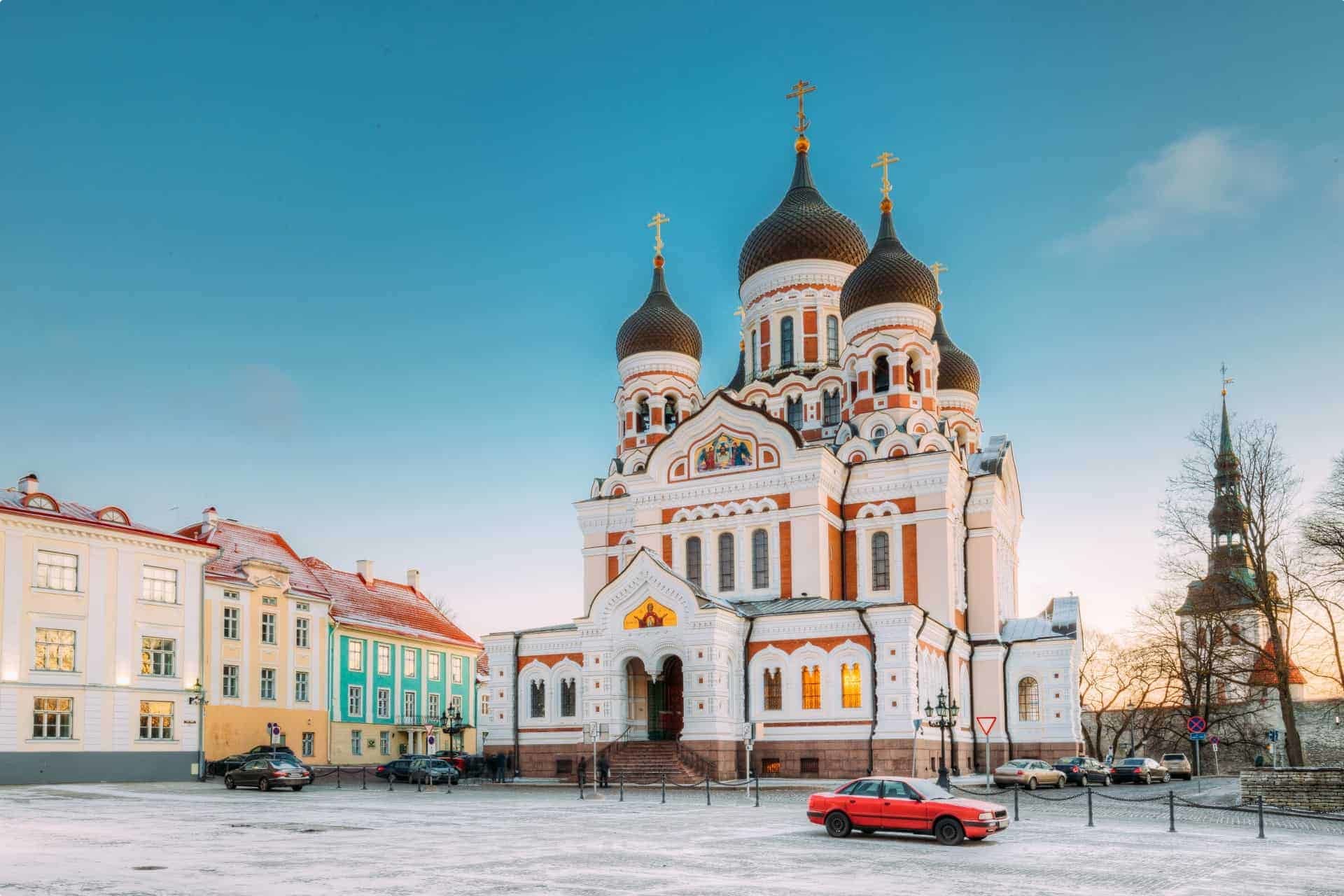
Where to visit in Estonia?
If you’re visiting Estonia, make sure to spend some time in the quaint capital, Tallinn, home to a fairy-tale Old Town. Listed as a UNESCO World Heritage site, Tallinn’s Old Town was built between the 13th and 16th centuries, and reflects the city’s history as a prosperous Baltic Sea trading port. Make sure to visit the Dome Cathedral, the Town Hall, and the fascinating Estonian Open Air Museum where a traditional rural village has been recreated.

Outside of the Old Town, the neighbourhood of Kalamaja is worth visiting for an experience of modern Estonia. An industrial zone during the Soviet-era, Kalamaja is now home to trendy shops and art galleries and is the epicentre of Tallinn’s emerging foodie scene.
Though many visitors to Estonia focus only on Tallinn, the rest of the country has a lot to offer. The neo-classical university town of Tartu is a rival of Tallinn for charm – without the crowds.
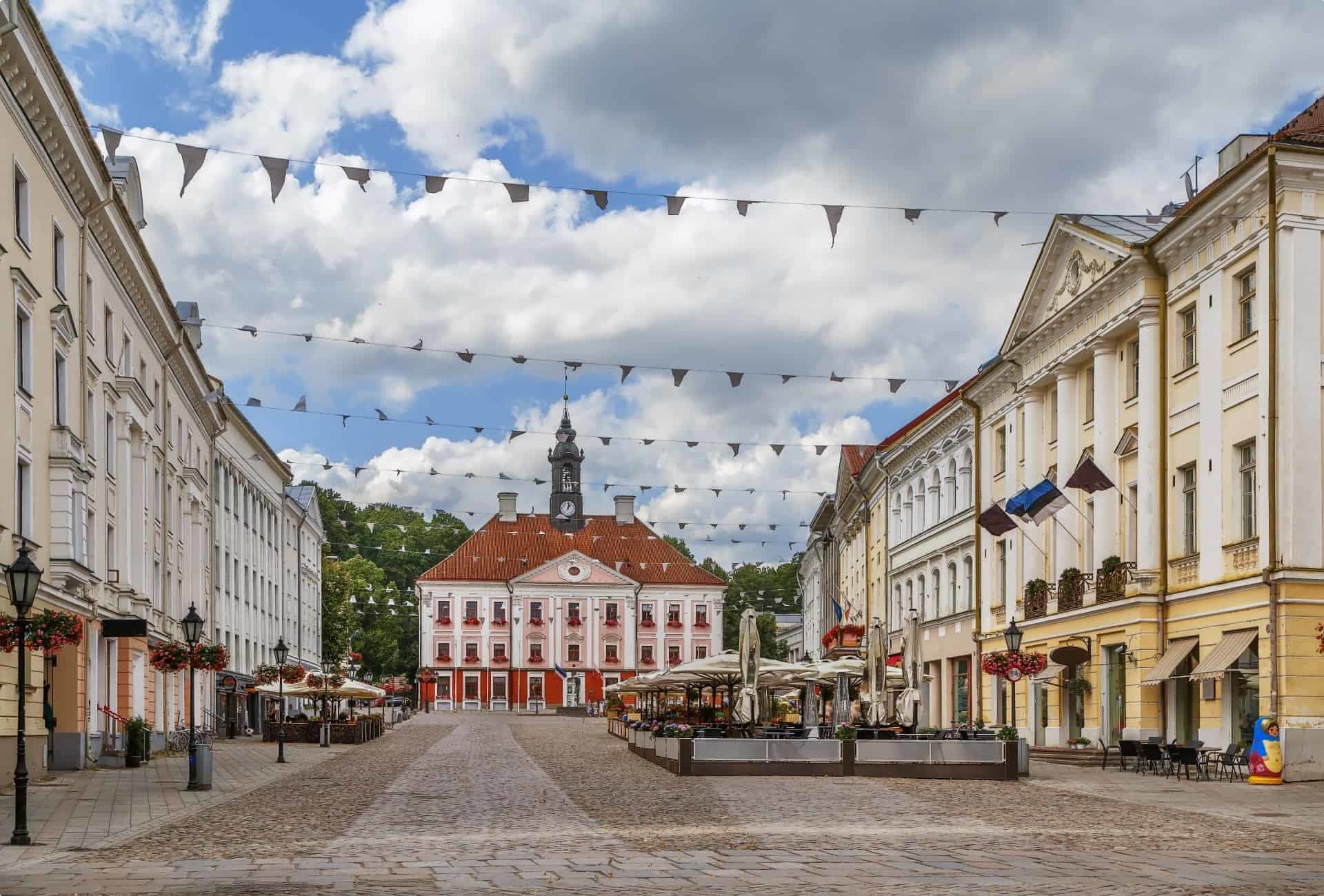
The atmospheric ruins of Rakvere Castle, to the east of Tallinn, play host to historic reconstructions of 16th century life.
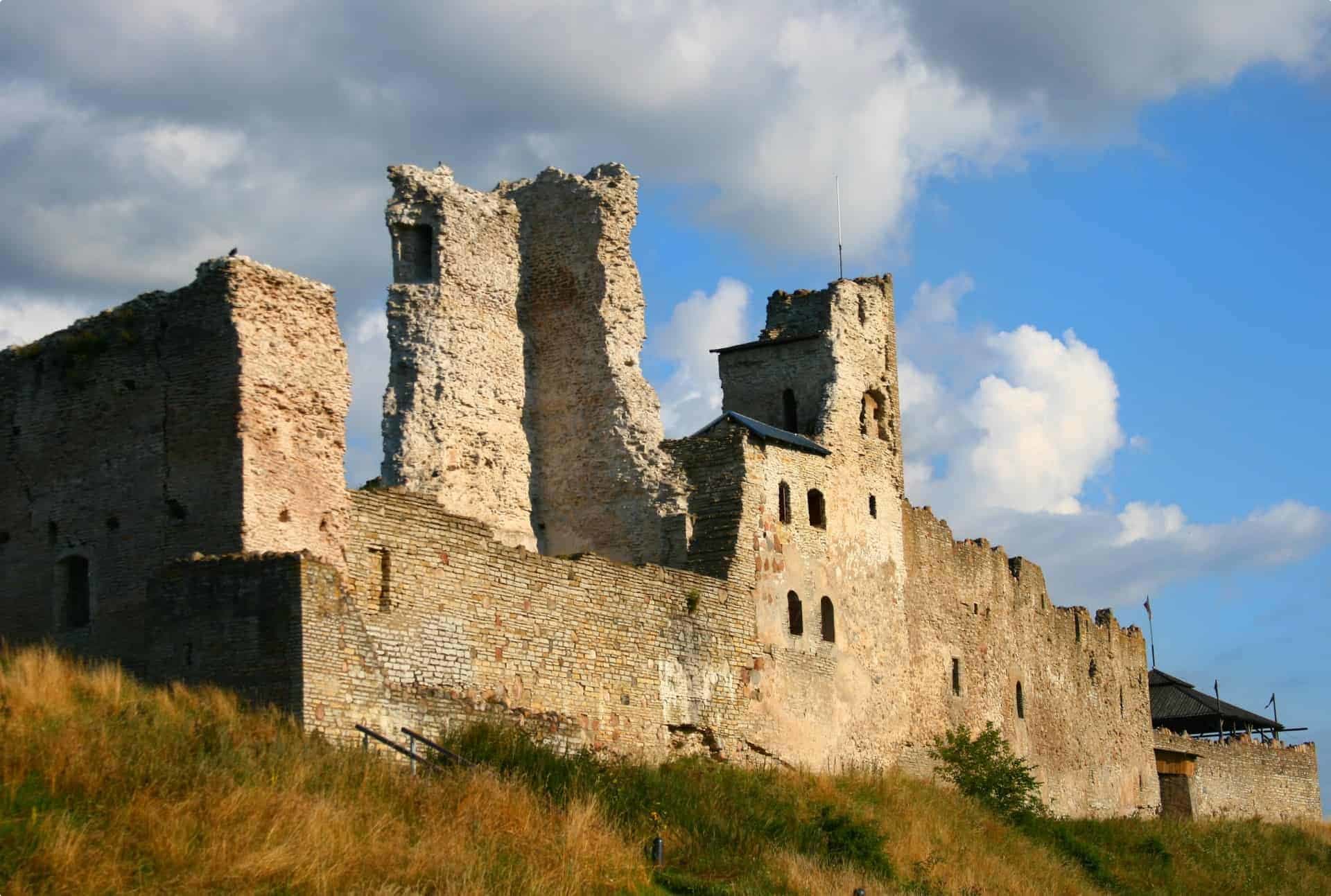
Nor is Estonia’s natural environment to be sneered at. With over 2000 islands, Estonia has an extensive and attractive coastline. Lahemaa National Park, known as the ‘Land of Bays’, is a hinterland of forests, lakes, rivers and bays, perfect for summer exploration.
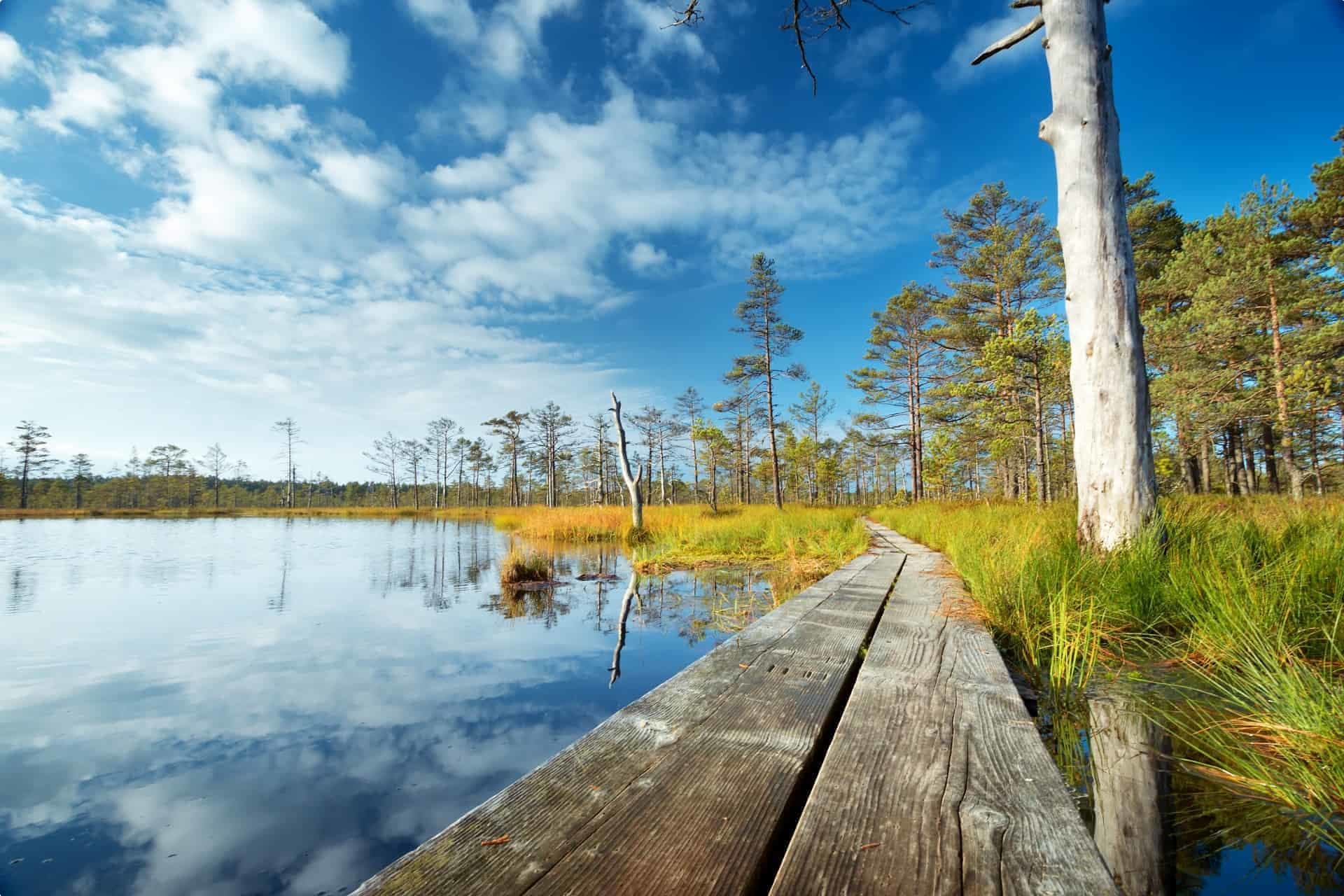
For more tips about what to see and do in Estonia, we encourage you to read our previous Guide to the Baltic States.
Which currency does Estonia use?
Estonia is part of the European Common Currency Area, and thus uses the Euro.
When to go to Estonia?
The mildest weather is in the summer, between May and September, though July and August can get very busy in Tallinn. Reflecting this, Odyssey Traveller’s Tour of the Baltics leaves in May and September/October each year, allowing you to explore in pleasant weather yet avoid the summer crowds.
How to travel to Estonia?
Most visitors come to Estonia as part of a broader tour of Europe or the Baltic States. If you’re interested in visiting Estonia, why not join Odyssey’s Tour of the Baltics?
The tour begins in Berlin and ends in St. Petersburg, weaving its way through Lithuania, Latvia and Estonia (with a visit to Helsinki) so that you can get a holistic view of this fascinating and diverse region – and the outside forces that have shaped it for so long. Odyssey Tours are led by local experts, allowing you to get a culturally authentic experience, and are geared towards mature and senior travellers, both couples and solo travellers.
Related Tours
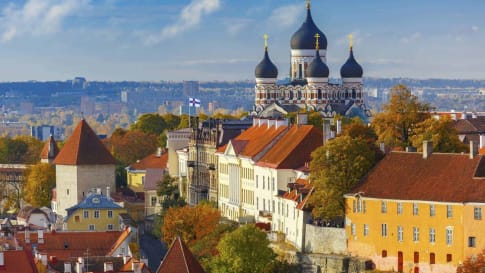
21 days
Sep, MayBaltics Small Group Escorted Tour: Latvia, Estonia, Lithuania
Visiting Estonia, Finland
An escorted small group tour to the Baltic States of Europe that explores the key destinations of this region starting in Berlin, then making its way through Poland, Estonia, Latvia, Lithuania, Finland and concluding in St. Petersburg. Each day has scheduled itineraries supported by local guides who share knowledge and authentic experiences of the places visited. This is small group travelling to the Baltics for like minded people.
From A$13,995 AUD
View Tour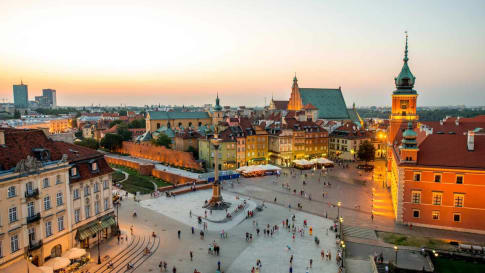
21 days
Jun, Sep, May, OctExploring Poland | Poland Small Group Tour
Visiting Poland
Odyssey's European tour of Poland provides the guests with authentic experiences in a range of key historical destinations to enjoy. Your tour leader supported by knowledgeable local guides who provide daily itineraries that often take you off the beaten path to learn more about the places visited.
From A$13,340 AUD
View Tour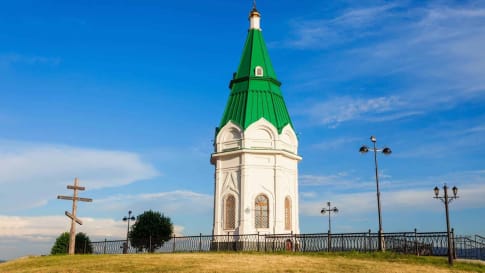
days
Oct, MayHelsinki to Irkutsk on the Trans-Siberian Railway
Visiting Finland, Russia
Escorted tour on the Trans-Siberian railway network from West to East starting in Helsinki and finishing in Irkutsk after 21 days. This is small group travel with like minded people and itineraries that maximise the travel experience of the 6 key destinations explored en-route. Our small group journeys are for mature couples and solo travellers.
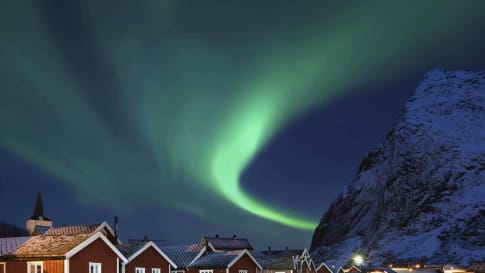
10 days
Oct, JanNorthern Lights Small Group tour | Visit Norway and Finland
Visiting Finland, Norway
Odyssey's small group tour following the Northern Lights allows you to experience serene snow-covered Arctic landscapes. Throughout our journey guides and specialists will outline the history of this stark region and the nature of the peoples who wrested their living from it. A unique opportunity to view this natural phenomenon travelling as part of a small group.
From A$9,625 AUD
View Tour
days
Apr, AugIrkutsk to Helsinki on the Trans-Siberian Railway
Visiting Finland, Russia
Escorted tour on the Trans-Siberian railway network from East to West starting in Irkutsk and finishing in Helsinki after 21 days. This is small group travel with like minded people and itineraries that maximise the travel experience of the 6 key destinations explored en-route. Our small group journeys are for mature couples and solo travellers.
Articles

Baltic States Guide for mature & senior travellers
Baltic States Guide for mature & senior travellers Odyssey Traveller offers a 21 day tour of the Baltic States for mature and senior travellers. We explore Latvia, Estonia and Lithuania, as well as parts of…
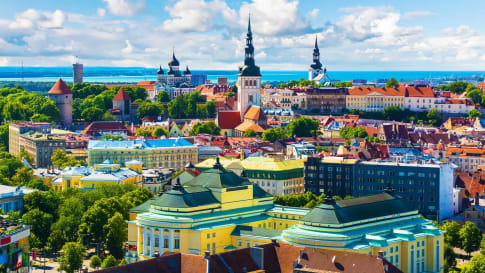
Tallinn, Estonia
Article for mature and senior travellers interested in small group European escorted tours for couples and solo travellers. Explore European and Baltic history in Estonia and Latvia Lithuania and the cultural relationships to Germany, Poland, Finland and Russia and the historic importance of Tallinn.
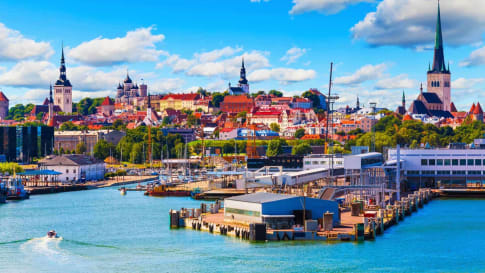
Baltic State History: The Definitive guide for Senior Travellers
History of the Baltic States The term “Baltic states”–used to describe the countries of Estonia, Latvia, and Lithuania–is a geopolitical term, a shorthand to group together these three Northern European sovereign states. But though the…
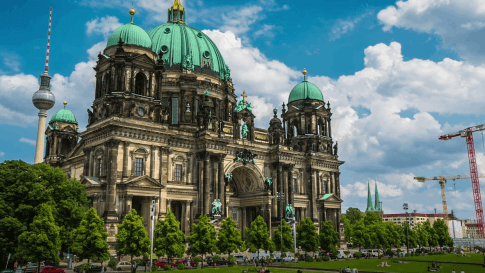
Berlin, Germany
Explore and learn more about Berlin. Germany, referred to as Europe's economic engine also includes one of the great cities of Europe, Berlin. You can discover more about this city on a long stay program in the city or as part of a Baltics tour.

Early Russian History and its Key Figures
Early Russian History and its Key Figures It is probably unsurprisingly that the largest country in the world, encompassing Eastern Europe and Northern Asia, with its ever-changing landscapes, multiple timezones and diverse inhabitants, would also…


